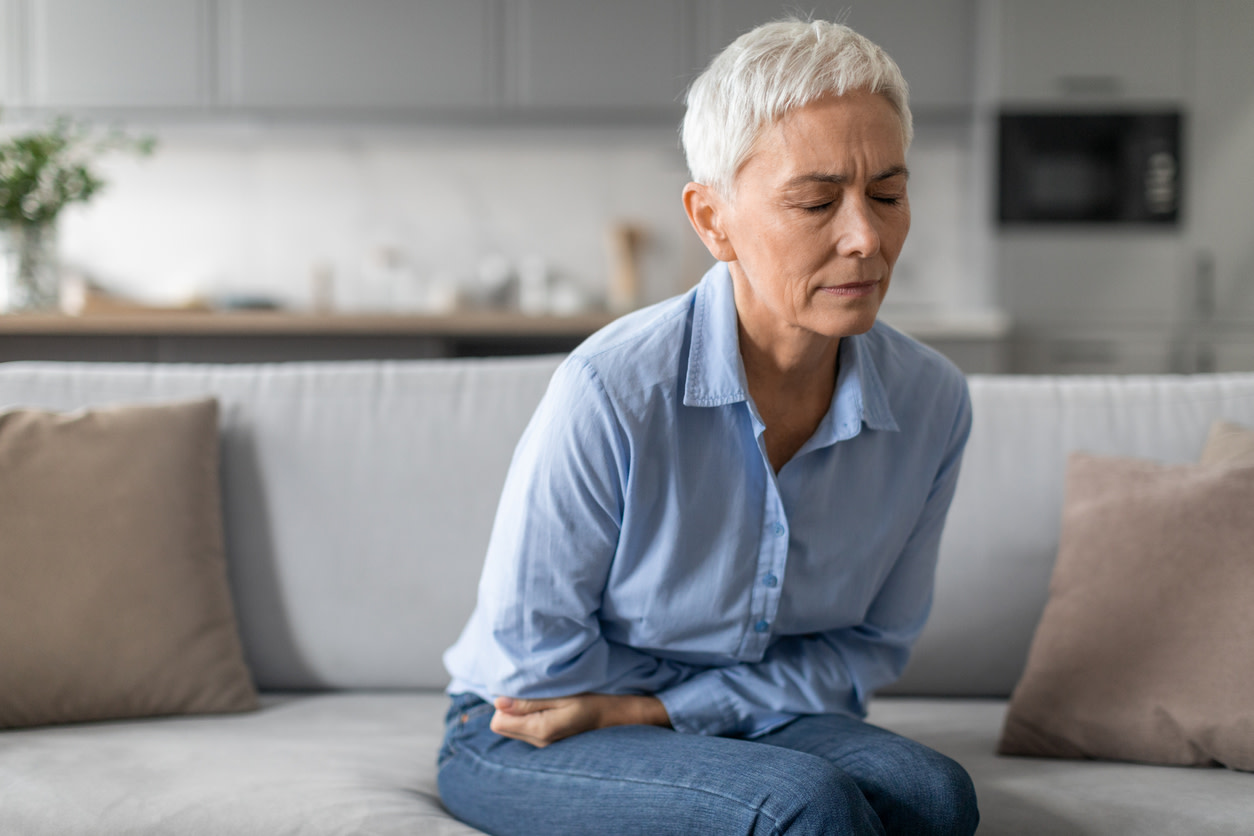Interstitial cystitis: causes, symptoms, and treatment for bladder pain syndrome
Discover symptoms, causes, and treatments for interstitial cystitis/bladder pain in women, plus how exercise and lifestyle changes can offer relief.
$0 costo para usted
Fecha de Publicación: Aug 6, 2025
El índice
Fully Covered Pelvic Care
Find relief from pelvic pain, leakage, muscle weakness, & more.
Check if I'm eligibleExercises for interstitial cystitis
Want expert care? Check if you're covered for our free program →- Diaphragmatic breathing
- Reverse Kegels
- Happy baby
- Lower body nerve glide
- Back rotation stretch
- Child’s pose
- Cat cow
